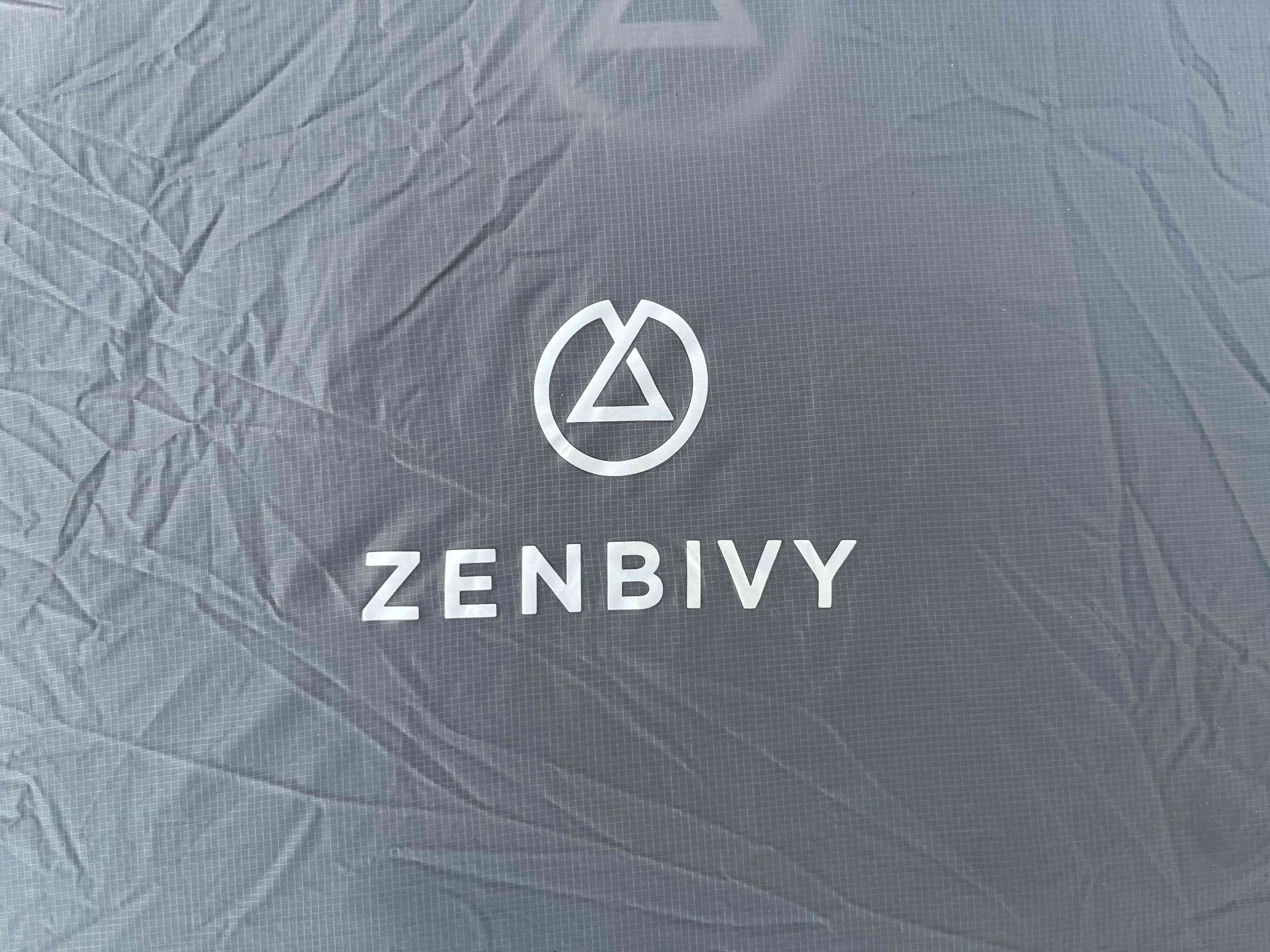Zenbivy Light Bed review: comfort-first kit for sound sleep
A lighter, slightly more luxurious take on the Zenbivy Ultralight Bed, the Light Bed blends warmth, packability and a real sense of comfort. It’s a 3-season gamechanger for UK wild camps.
The Zenbivy Light Bed
Ideal for: 3-season wildcamping and backpacking, bikepacking, fastpacking, car camping
Not suitable for: 4-season camping
The Zenbivy Light Bed is a modular sleep system for hikers and wild campers who believe that rest should be as much a part of the adventure as the miles walked. Ditching the zipped-up confines of a mummy bag, it offers under-a-kilo comfort that feels more like slipping beneath a duvet than crawling into a sack. Designed for 3-season conditions and built with care, it’s luxurious, versatile and brilliantly well thought out. At just over £400 for the full setup, it’s not a casual purchase — but for those who spend real time outdoors, it’s worth every penny.
The Good
The most comfortable sleep system we’ve ever tested (alongside the Ultralight Bed)
Super packable and lightweight
Liner is soft and cosy
Footbox can be fully opened or closed
Versatile as both tightened-up quilt or open camp poncho
Hydrophobic down
Sheet can be adjusted to fit any pad
The Bad
Expensive for infrequent use
Zenbivy Light Bed review
Zenbivy might still be under the radar for many UK campers, but they’re quickly building a reputation for reinventing how we sleep outdoors. Founded by Michael Glavin — formerly of Sierra Designs and one of the minds behind the MSR Hubba Hubba tent — Zenbivy is best known for its modular bed systems that feel more like your duvet at home than your usual sleeping bag. We’ve already tested and loved the Ultralight Bed. Now, we’ve spent several months with the Light Bed — a more relaxed, slightly heavier version that’s still under a kilo and delivers a serious comfort upgrade.
Designed for 3-season use, the Zenbivy Light Bed includes a down-filled quilt and a full-length sheet that fits over your sleeping mat. The quilt clips to the sheet using an intuitive, colour-coded system, allowing you to move around freely while staying warm. The -4°C quilt we tested weighs just 680g, and the sheet adds another 270g. With both packed into a 7-litre stuff sack, this setup rivals — and arguably beats — most premium sleeping bags on weight and size, with far more versatility. At the time of writing, the full system costs just over £400.
How the Zenbivy Light Bed stacks up on the market
That puts it up against some big-name competition. Entry-level bags like the OEX Leviathan EV 900 might be cheaper, but they can’t hold a candle to the Zenbivy’s build quality, down quality or long-term comfort. The Leviathan is also heavier, less breathable, and doesn’t offer any of the modular flexibility that defines the Zenbivy range.
Lightweight quilts like the Sea to Summit Ember might weigh slightly less — around 100 grams in some cases — but they lack the integrated sheet system, the convertible footbox and the same level of finish. And despite their weight savings, they tend to cost more: the Ember retails at around £400 when bought directly from Sea to Summit, which is about the same price as the full Zenbivy Light Bed system.
Then there’s Zenbivy’s own Ultralight Bed. We’ve tested that one too — and it’s fantastic. At around £630 for the quilt and sheet, it’s a more technical, ultralight-focused system aimed at fastpackers and winter wild campers. It’s slightly warmer, slightly lighter and even more packable. But for most three-season UK trips, the Light Bed hits a phenomenal balance. It’s a little less technical, a little more forgiving, and — crucially — more versatile across different types of trips. If you want the most comfort for the widest range of use, the Light Bed might be the one for you.
All in then, we see the Light Bed as occupying a rare sweet spot: more comfortable than ultralight quilts, lighter and smaller than full sleeping bags, and easier to live with than either. It’s not trying to be the lightest — just the best night’s sleep in the outdoors.
How we tested the Zenbivy Light Bed
We put the Zenbivy Light Bed through its paces on three very different — and very British — adventures. First up was a chilly woodland camp in the Chilterns, where temperatures dipped to around 5°C. The quilt didn’t just keep us warm through the night — it doubled as a cosy wraparound layer while we sat out under the trees, nursing a brew and soaking up the stillness.
Next, we headed to Exmoor for a damp early autumn overnighter. Two testers hiked for over five hours with the full Light Bed system stashed in 40-litre packs — a proper test of how well it carries in real trail conditions. When they arrived at camp late, the light was already fading. With no instructions, they set to work assembling it from scratch by headtorch. Setup turned out to be a breeze — quick, logical and surprisingly intuitive even in the dark. Once inside, both were immediately struck by how plush and roomy it felt. It was more bed than bag — warm, forgiving and far less faff than expected after a long day on the move.
Finally, the real test: a classic Lake District three-dayer. Rain, wind, clag — the works. But the quilt and sheet stayed bone dry in their Zenbivy stuff sack, and every night, after long slogs over sodden fells, we crawled into what genuinely felt like a proper bed. Warm, soft and reliable. Exactly what you want after a big day in the hills.
The whole system packs down into a 7 litre dry bag.
Features we rate (and why they matter)
As with all Zenbivy systems, it’s the integration between quilt and sheet that makes the Light Bed so different — and so effective. Rather than just plonking a quilt on top of a mat and hoping it stays put, the system is built to work together. The sheet wraps snugly over your pad, turning it into a proper base layer. Along each side, lightly padded baffles rise up and provide the anchor points for the quilt. These use a simple hook-and-loop fastening system that’s colour-coded for ease — and while that might sound like a small detail, it makes a big difference when you’re setting up in fading light or with cold fingers. Once clipped in, the quilt stays put. It doesn’t ride up, it doesn’t twist, and it doesn’t feel restrictive — just comforting. It genuinely transforms your mat into something bed-like.
That sense of sleeping like you do at home continues with the convertible footbox. Unlike traditional quilts with either fully open or permanently sewn footboxes, this one lets you choose. A drawcord and set of poppers allow you to create a sealed foot chamber on colder nights, locking in warmth without letting in draughts. But on warmer evenings or lazy mornings in the tent, you can open it up completely and drape it like a blanket. In fact, we found ourselves using it around camp as a wraparound layer, and even one tester admitted to using it as a comforter on their own bed at home. That kind of versatility isn’t just a nice extra — it’s what makes the Light Bed useful all year round.
At the top end of the quilt, the ‘Kylie Curve’ is another example of Zenbivy’s clever thinking. Instead of a single straight drawcord that bunches and pulls, the curve creates a smooth shoulder baffle that tightens evenly. It hugs you in warmth without compressing the down or digging in. You stay warm, but you’re not constricted — a huge plus for side sleepers or anyone who shifts around during the night.
The fill inside is 800FP HyperDRY™ down — water-resistant, lofty, and, crucially, completely free from the musty smell you sometimes get with cheaper down. It compresses brilliantly and fluffs back up fast, so you’re never crawling into a flat, lifeless quilt at the end of a long day. Whether stuffed into its 7-litre sack or unfurled across your sleeping mat, it always feels premium.
What does fill power actually mean?
OK, so it’s all well and good to tout the ‘fill power’ of the Zenbivy Light Quilt. But what does that actually mean? Well, ‘fill power’ is simply a marker to understand the quality of the down used versus the volume. It’s a number that’s based on the amount the down in the sleeping bag lofts back up after being compressed, with higher-quality down lofting up more than lower-quality down. In general, the higher the fill power, the less down you need to deliver the same effect — making for lighter and more packable down-filled products.
For the most part, 400-fill power is the lowest most brands use, rising to 650, 700 and 800-fill power in the lightest and most packable products. Then, at the top end, you’ve 900 and 1000-fill power down, which is only used in the priciest and most premium products due to the costs associated with sourcing this material. These are the loftiest feathers of them all and are included in bags like the super-premium (and super pricey) Rab Mythic 600.
Another feature that stood out to us was the inner fabric. Zenbivy has used a 25D polyester Pongee lining — a fabric we hadn’t seen used in sleeping bags before. It’s smooth like nylon, but with a softer, more cotton-like feel. That means it never feels sticky against bare skin and glides over you as you shift positions — again, reinforcing that bed-like experience. There’s none of the rustle or clamminess that often comes with technical fabrics.
The Sheet
The sheet, too, deserves its own praise. Unlike other quilt systems that rely on straps, this is a fully enclosed layer that wraps around your sleeping pad. It’s quick to set up, adds a layer of insulation underneath, and — in the version we tested — includes a down-filled hood. That hood, with its shaped profile and gentle rise, cradles your head without forcing you into one position. There are built-in loops to clip in a Zenbivy pillow, which stops it sliding around or shifting under your head — and while the pillow isn’t included, it’s absolutely one of the best we’ve tested. The sheet also includes a clever drawstring adjustment that allows it to fit snugly on both square and tapered pads — a small but thoughtful touch that ensures a secure, comfortable setup no matter what mat you’re using.
Taken together, it’s this suite of subtle but smart design decisions that elevate the Zenbivy Light Bed. You’re not just getting a quilt — you’re getting a full sleep system engineered to give you better rest outdoors. And it really works.
How the Zenbivy Light Bed performs in the UK
This is a system that’s built for UK three-season conditions. In Exmoor and the Chilterns, where temperatures sat around 4–5°C, it was spot on — warm, breathable and adaptable. The footbox clips gave us the option to cinch it shut at night and loosen it when needed, making it feel more like a proper bed than any bag we’ve used.
On our Lake District test, the weather was typically grim. But the system stayed dry in its stuff sack and gave us reliably cosy nights despite wind and wet. With a good sleeping pad (we used the Zenbivy Flex Air), the -4°C quilt held up better than expected, and we never once reached for extra layers. It’s that rare system that works just as well on local overnighters as it does on multi-day mountain treks.
Perhaps the most telling thing? We kept reaching for it. Again and again. Because when you know your sleep system won’t let you down, everything else gets easier.
Zenbivy Light Bed sleep system FAQs
-
The quilt we tested is rated to -4°C, and that feels accurate when paired with a decent sleeping pad. It’s ideal for spring, summer and autumn trips in the UK — and could stretch into mild winter use if you sleep warm or layer up.
-
The coldest we tested this in was in 3–5°C conditions and though we had to pair it with baselayers and a thin down jacket, we stayed warm on a Therm-a-Rest Neo Air Xtherm. The cinchable footbox, shoulder baffles and full-length insulated sheet all help seal in heat while still letting you vent when needed.
-
Yes. The quilt and sheet combined weigh under a kilo and pack down into a 7-litre stuff sack. It’s more compact than most standard bags in this warmth range, and easier to fit in a 40L rucksack alongside the rest of your kit.
-
If you only camp a couple of times a year, you might prefer a cheaper bag. But if you regularly camp or backpack and value proper sleep, this system delivers comfort, versatility and quality in spades. For us, it’s absolutely worth it.
The Zenbivy Light Bed: Our final verdict
The Zenbivy Light Bed is a brilliant bit of kit for anyone who sees quality sleep as essential to a good trip. It’s not the lightest sleep system on the market — nor the cheapest — but it might be the most comfortable. And for many of us, that’s worth far more. But what really sets it apart is the versatility. It delivers all the modular warmth and freedom of the Ultralight Bed, but in a slightly roomier, more forgiving format. You get all the same clever features — the Kylie Curve, convertible footbox, and intuitive clip-in system — just with a little extra flexibility for a broader range of uses. It’s equally at home on multi-day hill walks as it is on car-camping weekends or laid-back bivvies under the stars. And because it doubles as a top-notch camp quilt or chilly-night duvet, it ends up being far more useful than a standard sleeping bag. If your kit has to earn its place in your pack — not just by weight, but by comfort and adaptability — then the Zenbivy Light Bed is a standout performer. And it’s become our go-to for any 3-season nights under the stars.

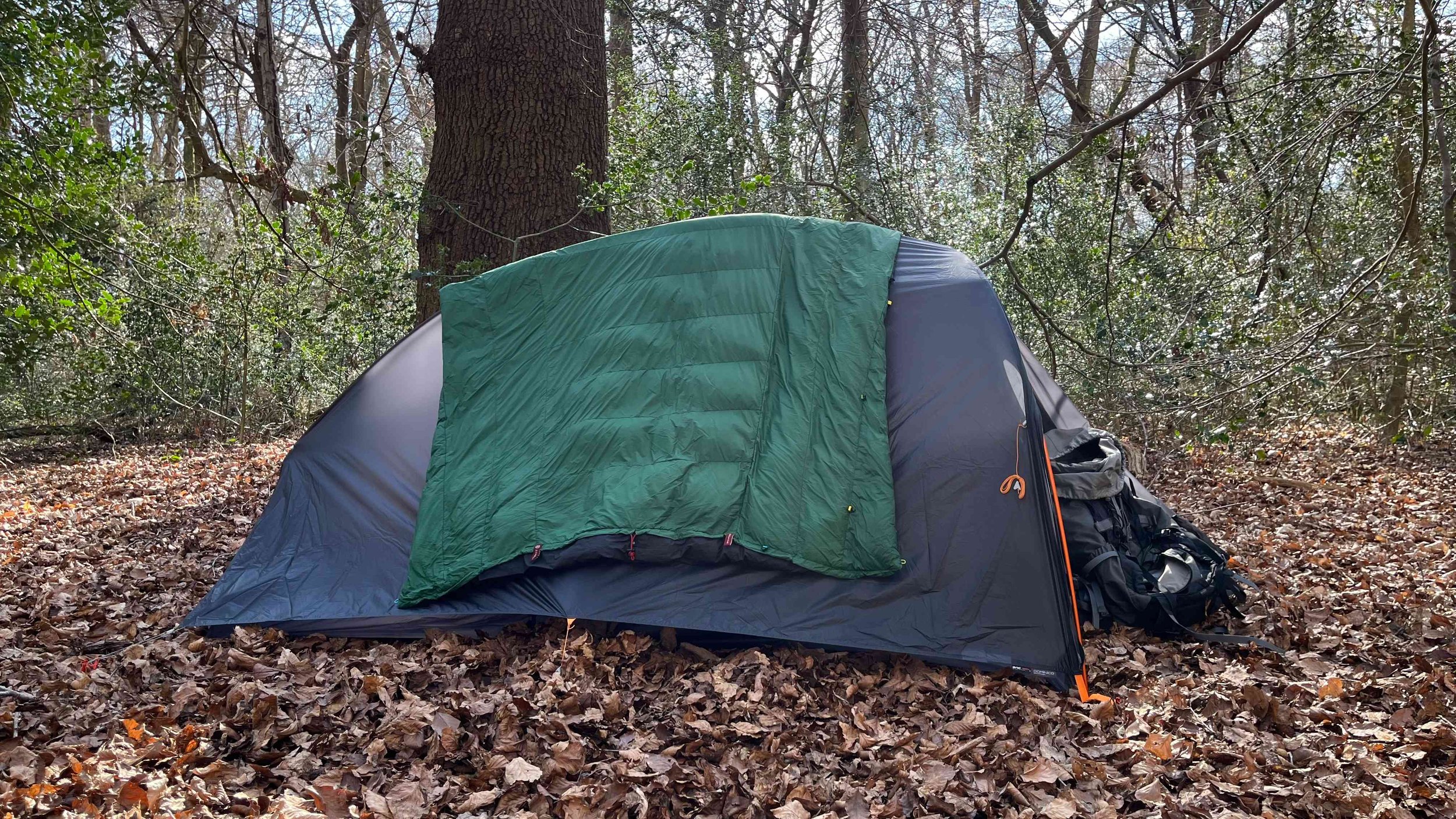
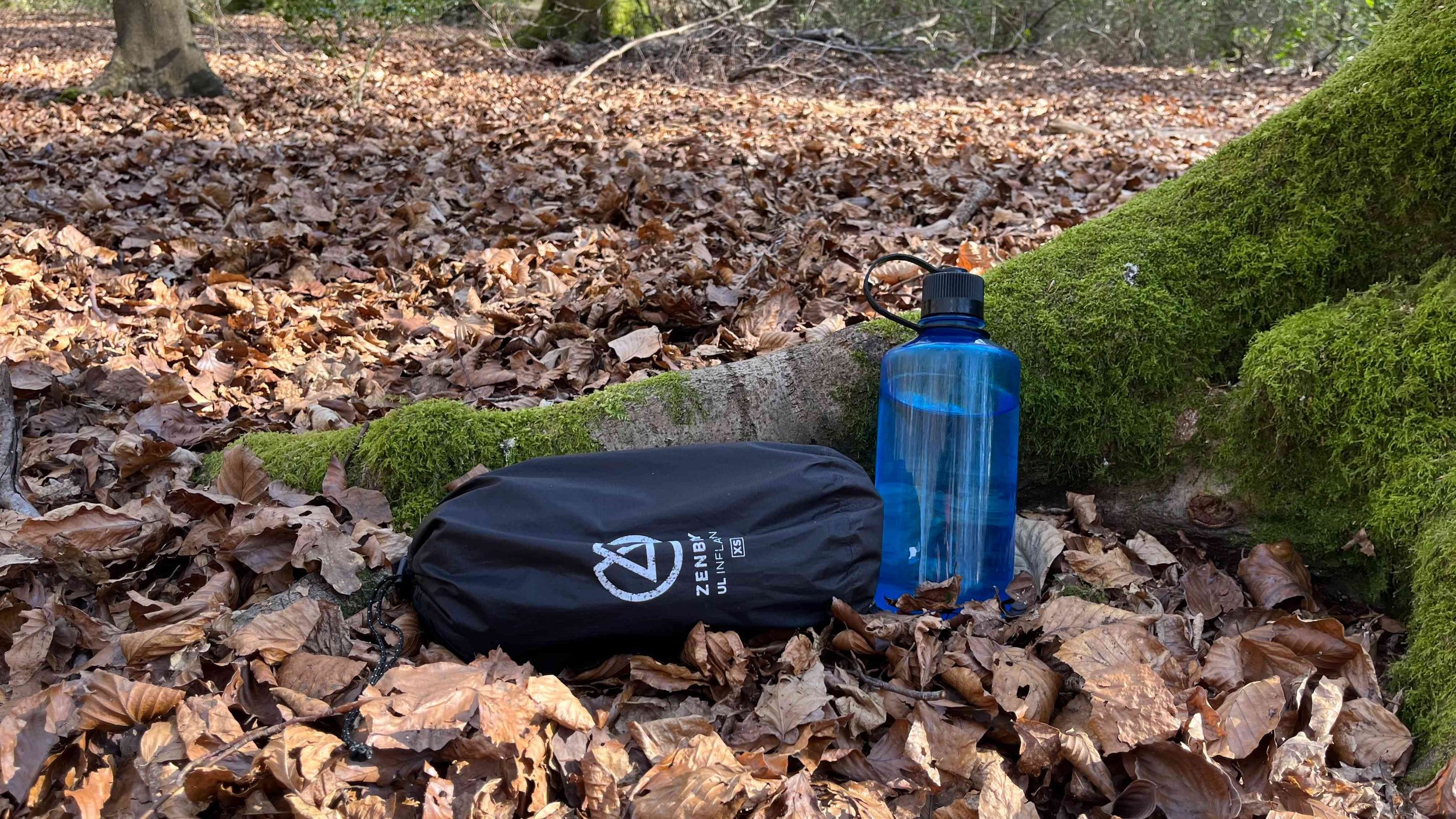
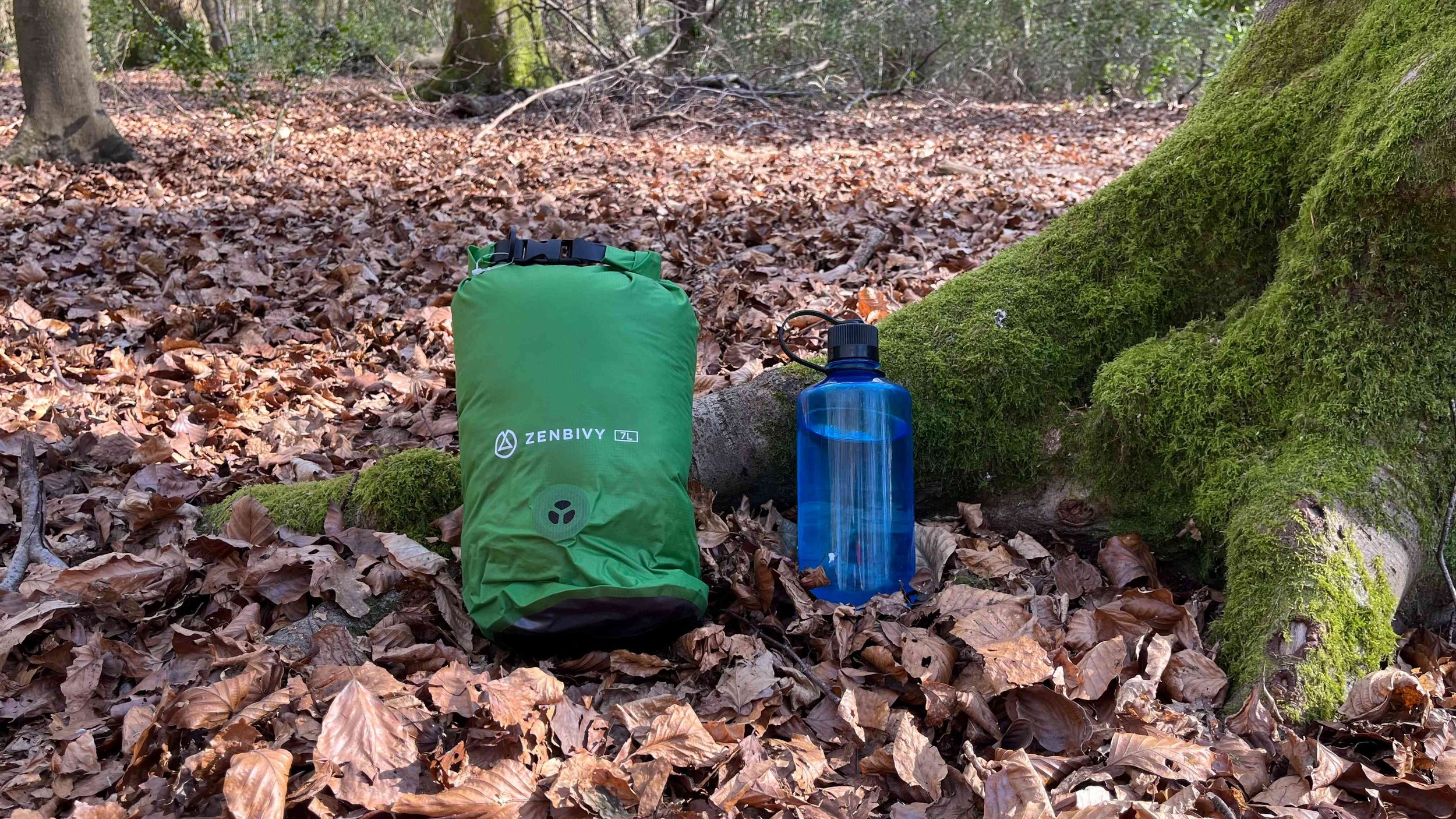
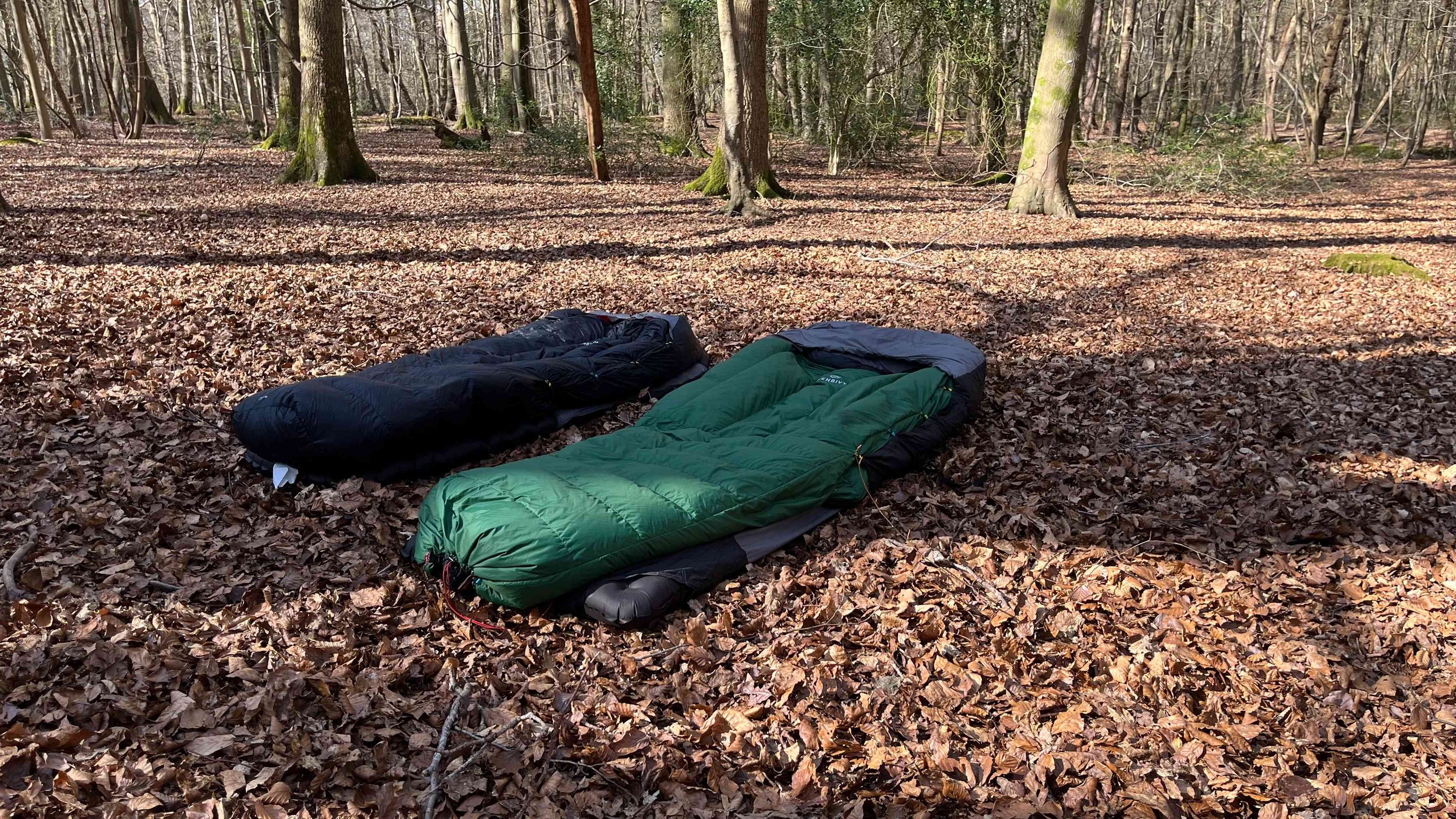

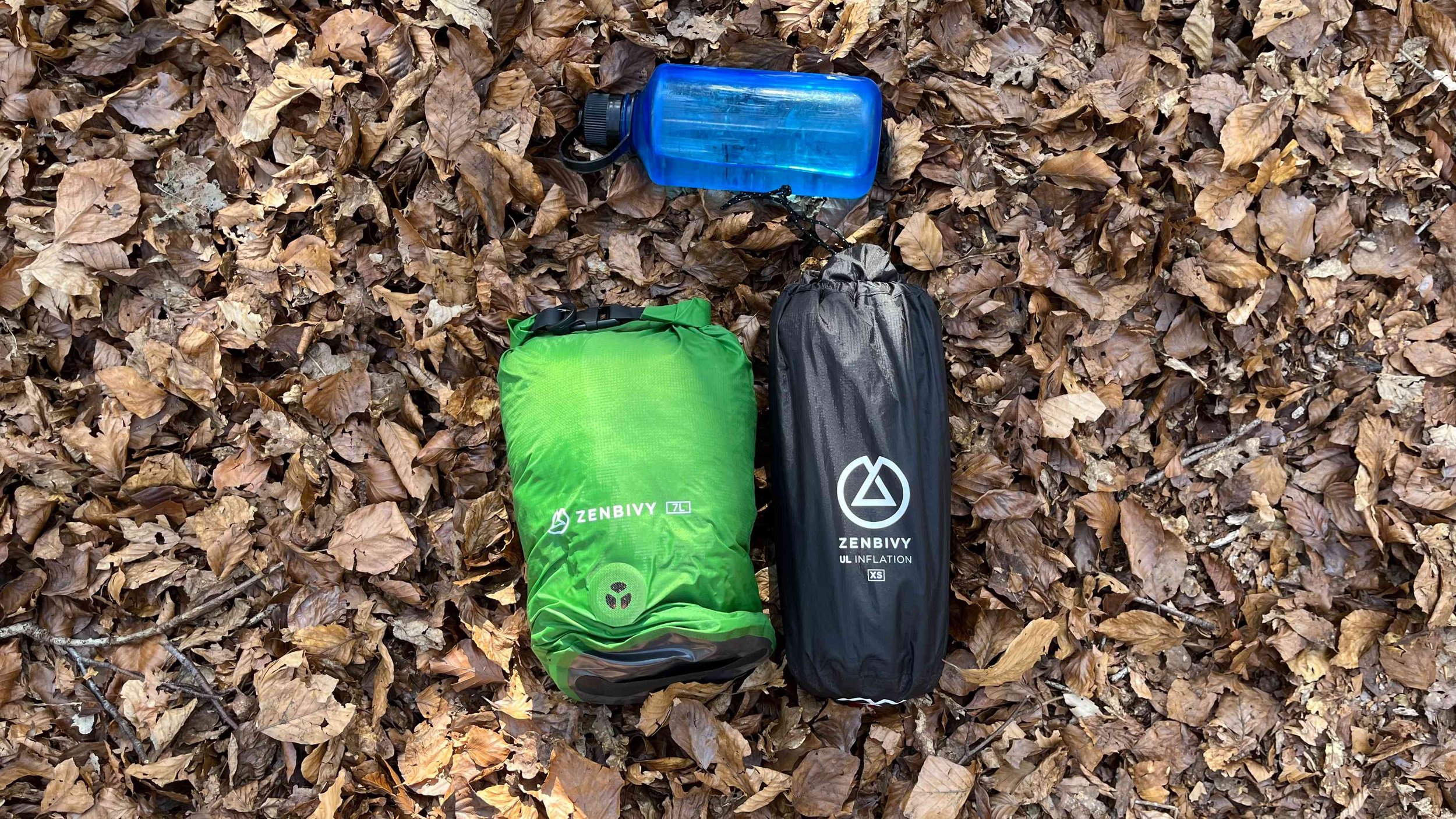
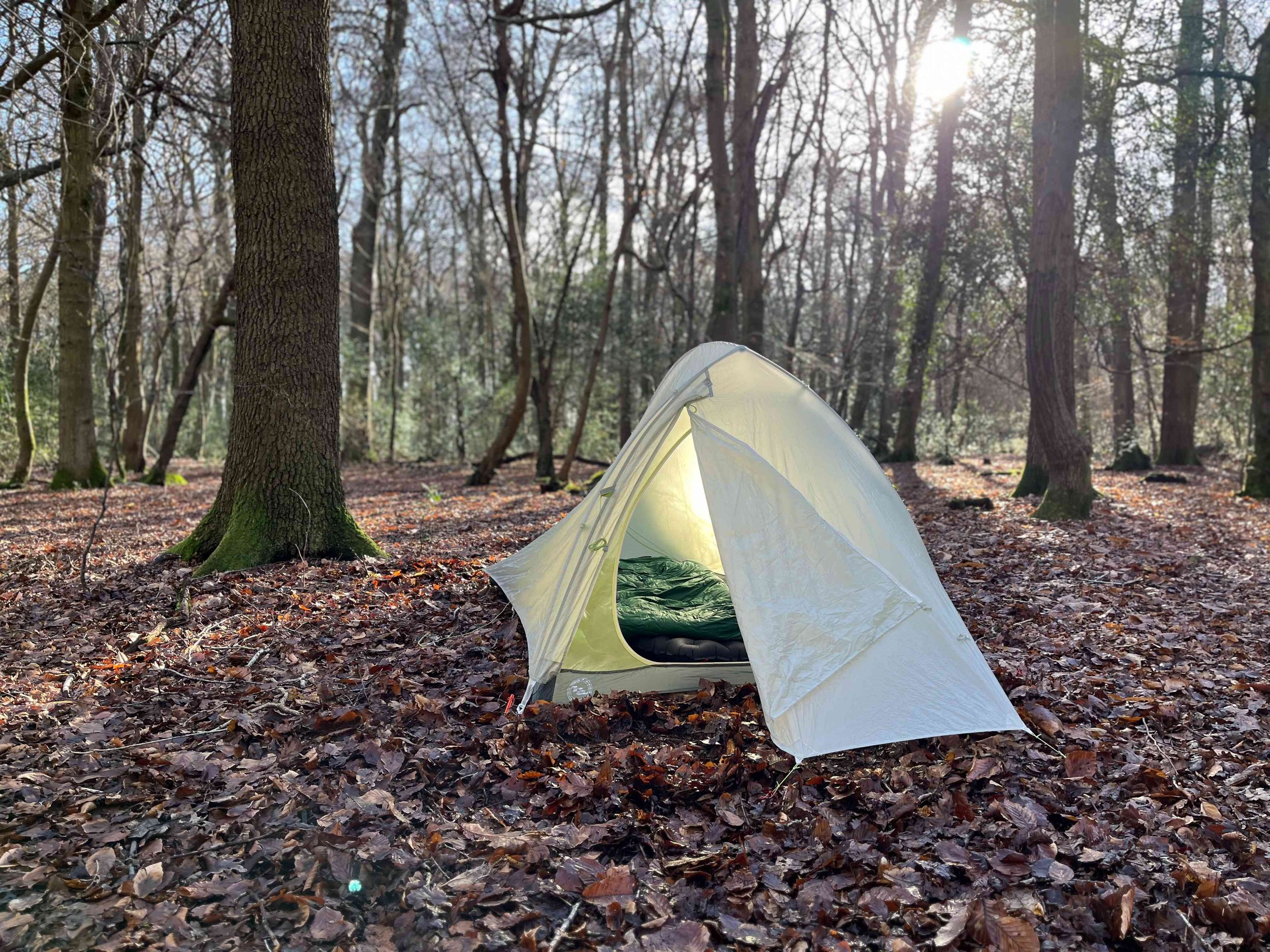

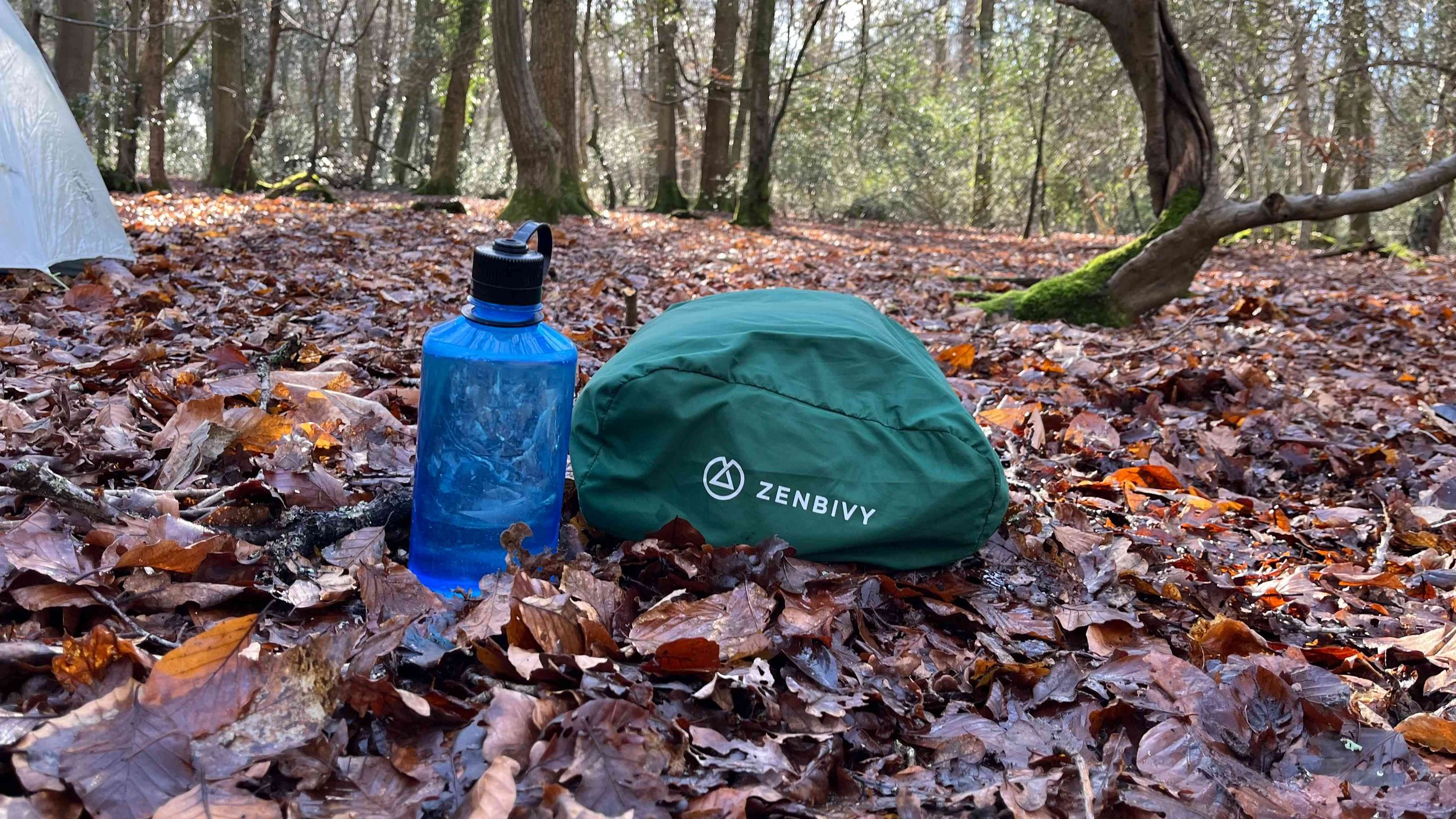

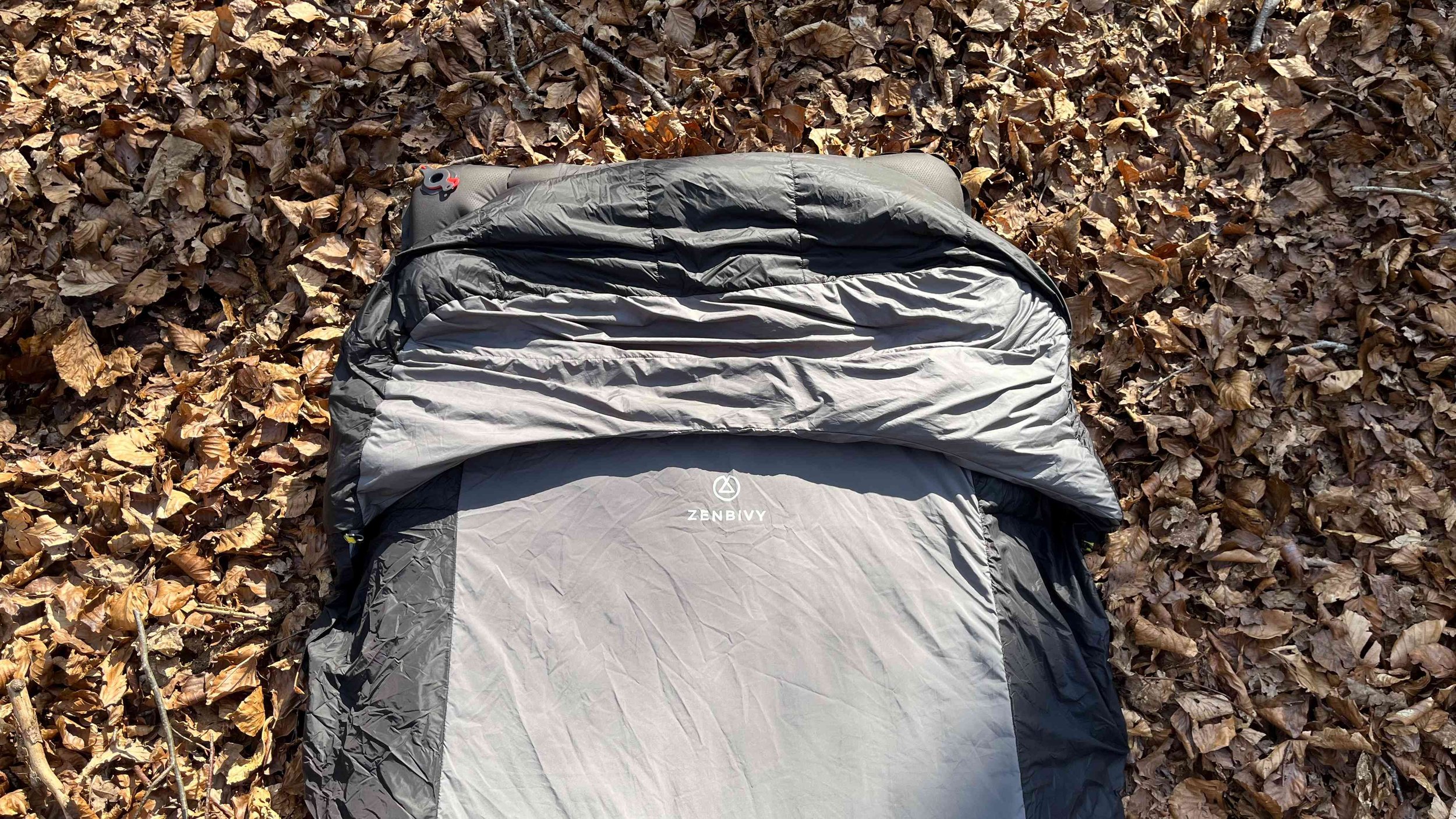
Having trouble deciding between the Zenbivy Ultralight Bed and the Light Bed?
We’ve extensively tested both, so would be happy to help you make a decision. Shoot us a DM on Instagram at @greatbritishadventureclub — we’d love to hear from you! Alternatively, you can read our review of the Zenbivy Ultralight Bed here.


